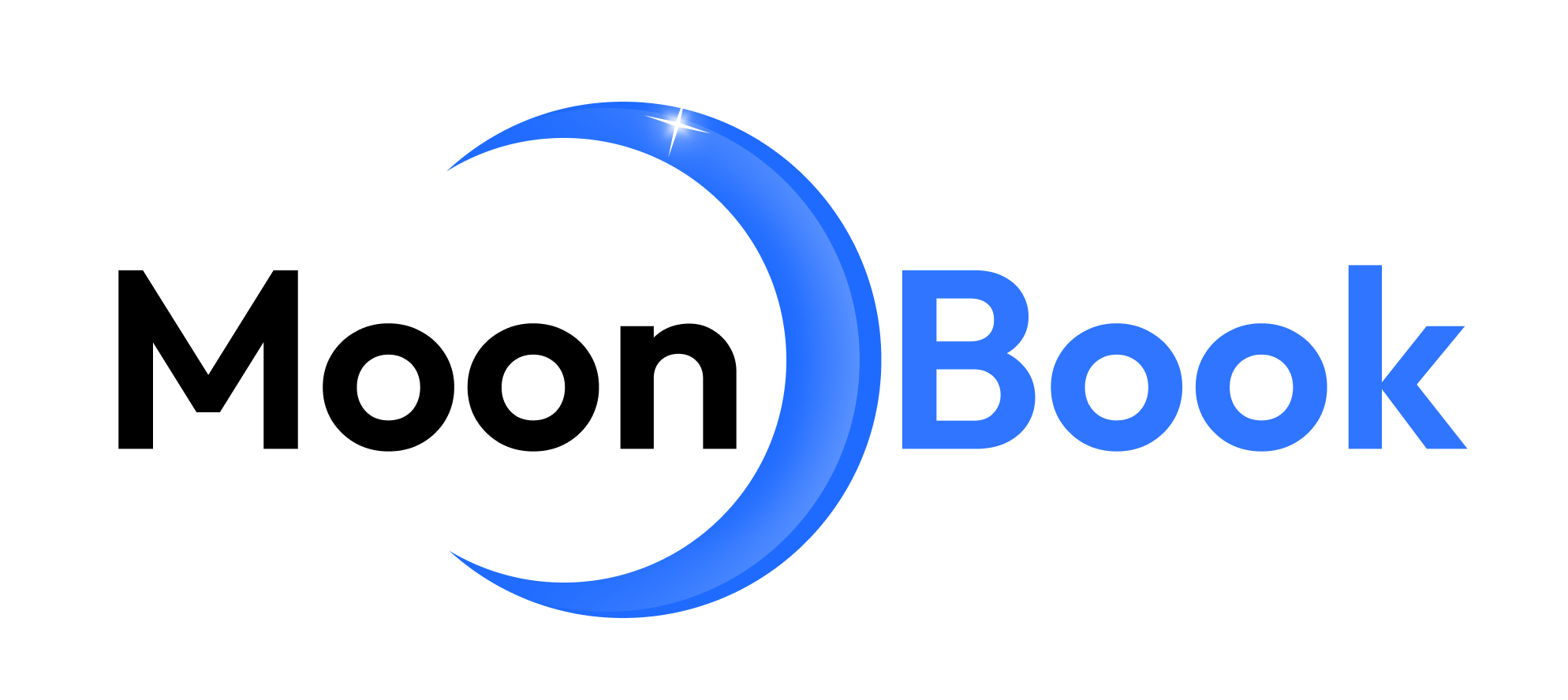The Demand Response Energy Efficiency Market is poised for significant growth as global energy consumption continues to rise and sustainability becomes a priority for industries and governments alike. Demand response programs, which help balance electricity supply and demand, are increasingly being adopted to enhance energy efficiency and reduce operational costs.
With energy costs escalating and the push for carbon neutrality intensifying, businesses and utilities are leveraging demand response solutions to optimize electricity usage. By adjusting power consumption during peak periods, organizations can avoid high energy rates while maintaining operational efficiency. Such initiatives are crucial in driving the adoption of energy-efficient technologies across sectors.
Globally, the market is experiencing a surge due to the integration of smart grids, advanced metering infrastructure (AMI), and IoT-enabled devices. These technologies allow for real-time monitoring and control, improving the responsiveness and effectiveness of demand response programs.
Request a Sample Report https://researchintelo.com/request-sample/9965
Key Drivers Shaping the Demand Response Energy Efficiency Market
Several factors are propelling the growth of the Demand Response Energy Efficiency Market:
-
Rising Electricity Costs: Businesses and households are motivated to participate in demand response programs to reduce their electricity bills.
-
Government Initiatives: Policies and incentives promoting energy efficiency are encouraging utilities and companies to adopt demand response strategies.
-
Smart Technology Integration: IoT devices, automated control systems, and smart meters enhance energy management capabilities, allowing precise and timely response to electricity demand fluctuations.
-
Environmental Concerns: The increasing focus on reducing carbon emissions and promoting sustainable energy practices is driving demand for energy-efficient solutions.
In 2024, the market was valued at approximately USD 3.8 billion and is projected to grow at a compound annual growth rate (CAGR) of 15.2% through 2030. The Asia-Pacific region is expected to witness the fastest growth, driven by rapid industrialization and increasing adoption of smart grid technologies.
Challenges and Restraints
Despite robust growth prospects, the market faces certain challenges:
-
High Initial Costs: Implementing demand response systems can require substantial investment in infrastructure, technology, and training.
-
Consumer Participation: The success of demand response programs depends heavily on consumer engagement and behavioral changes, which can be difficult to achieve consistently.
-
Data Security Concerns: With increased connectivity, the risk of cyber threats and data breaches can impede market adoption, particularly for sensitive industrial and commercial users.
However, ongoing technological advancements and government-backed initiatives are expected to mitigate these challenges over time, enabling wider adoption and improved efficiency.
View Full Report https://researchintelo.com/report/demand-response-energy-efficiency-market
Opportunities and Market Dynamics
The Demand Response Energy Efficiency Market presents multiple opportunities for stakeholders:
-
Integration with Renewable Energy: As renewable energy sources like solar and wind become more prevalent, demand response programs can help manage their intermittent supply effectively.
-
Expansion in Developing Economies: Countries with rapidly growing energy demands, such as India, China, and Brazil, offer substantial potential for market expansion.
-
Advanced Analytics and AI: Leveraging data analytics and artificial intelligence can improve forecasting, optimize demand response strategies, and enhance cost savings.
-
Commercial and Industrial Segments: Large-scale commercial buildings, manufacturing units, and data centers represent key areas for implementing energy-efficient demand response solutions.
Market dynamics indicate a transition toward more automated and intelligent systems. Utilities and industrial consumers increasingly rely on predictive analytics to anticipate peak loads and adjust consumption patterns proactively. This trend not only enhances energy efficiency but also stabilizes the power grid.
Regional Insights and Global Trends
North America currently leads the Demand Response Energy Efficiency Market, supported by mature infrastructure, favorable government regulations, and high awareness among consumers. Europe follows closely, driven by stringent energy efficiency directives and the growth of smart city initiatives.
In the Asia-Pacific region, urbanization and industrial growth are fueling demand. The region’s focus on smart grid projects, coupled with governmental incentives for energy optimization, is expected to accelerate adoption. Meanwhile, Latin America and the Middle East & Africa are emerging markets, presenting opportunities for early entrants to capture share in the growing demand response ecosystem.
Technological Innovations Driving Growth
Innovations in technology are central to market expansion. Some of the key advancements include:
-
IoT-Enabled Devices: Smart appliances and meters facilitate seamless demand response management.
-
Cloud-Based Platforms: Centralized data platforms provide real-time monitoring, analytics, and automated control.
-
AI and Machine Learning: Predictive algorithms enhance load forecasting and optimize demand response strategies.
-
Advanced Metering Infrastructure (AMI): Enables utilities to collect accurate energy usage data and implement flexible pricing models.
These technological improvements not only enhance operational efficiency but also allow for greater flexibility and reliability in energy consumption management.
Enquire Before Buying https://researchintelo.com/request-for-customization/9965
Market Forecast and Future Outlook
The Demand Response Energy Efficiency Market is projected to reach approximately USD 9.7 billion by 2030, with a CAGR of 15.2% during the forecast period. Growth will be driven by ongoing government support, increasing adoption of smart technologies, and rising consumer awareness about energy efficiency.
Key sectors, including manufacturing, commercial buildings, and residential complexes, will continue to drive demand. Additionally, the integration of renewable energy sources and the push for sustainable infrastructure will further enhance market potential.
Investment Potential and Strategic Recommendations
For investors and stakeholders, the market offers promising opportunities:
-
Public-Private Partnerships: Collaborating with governments can help implement large-scale demand response programs efficiently.
-
Technology Upgrades: Investing in IoT, AI, and cloud solutions can enhance system capabilities and attract more participants.
-
Awareness Campaigns: Educating consumers about the benefits of demand response can improve engagement and participation rates.
-
Regional Expansion: Entering developing markets with high energy demand can offer significant growth prospects.
Adopting these strategies can position businesses to capitalize on market growth while contributing to global sustainability efforts.
Check Out the Report https://researchintelo.com/checkout/9965
Conclusion
The Demand Response Energy Efficiency Market is set for robust expansion in the coming years. Rising electricity costs, technological advancements, and increasing government initiatives are key drivers of market growth. While challenges such as high implementation costs and data security concerns exist, opportunities in renewable energy integration, advanced analytics, and regional expansion make the market highly promising.


